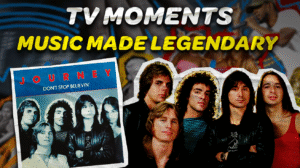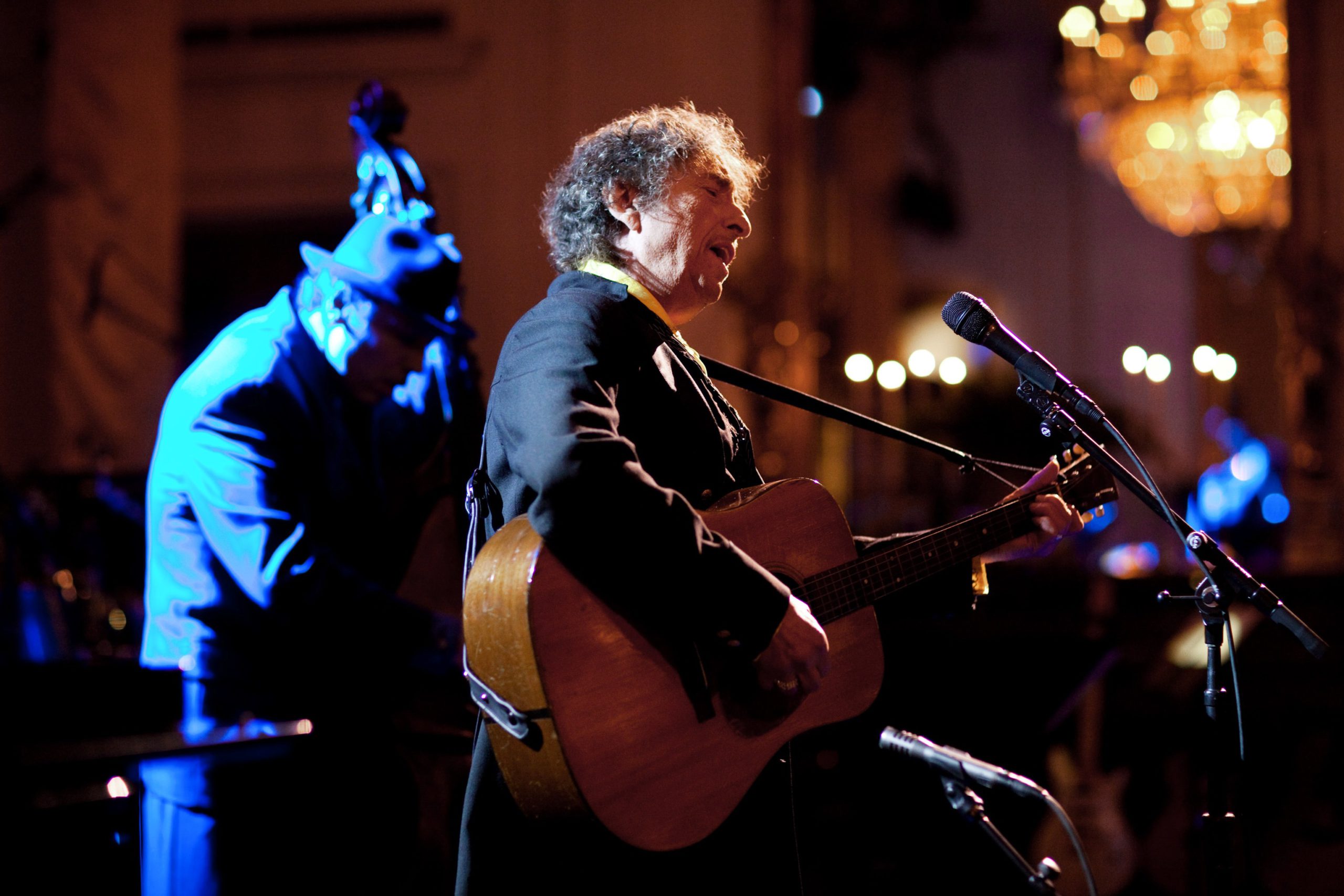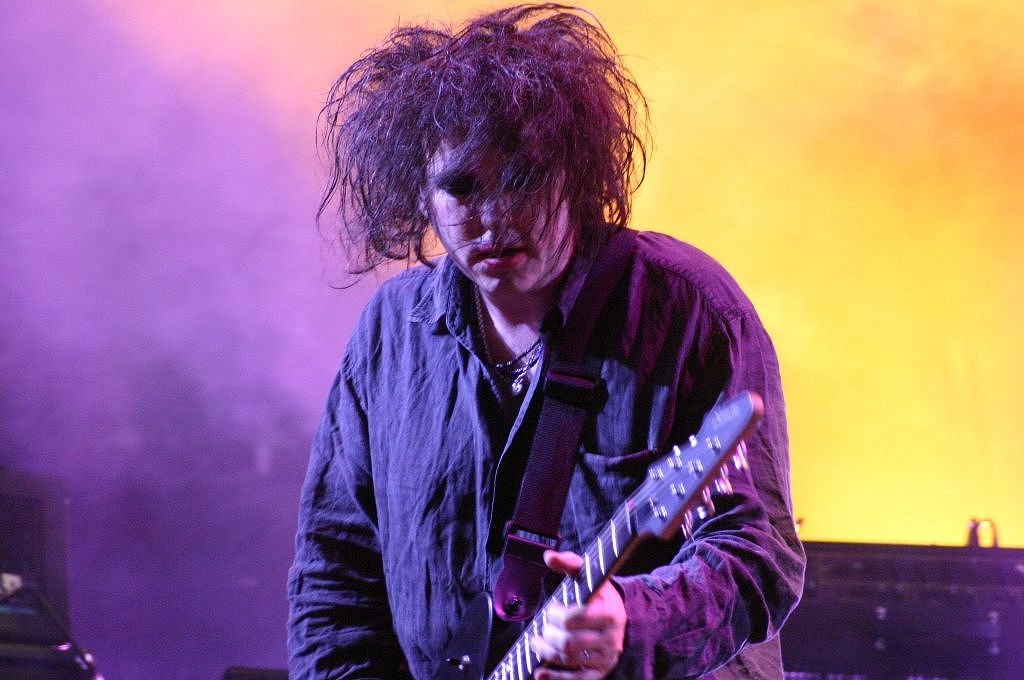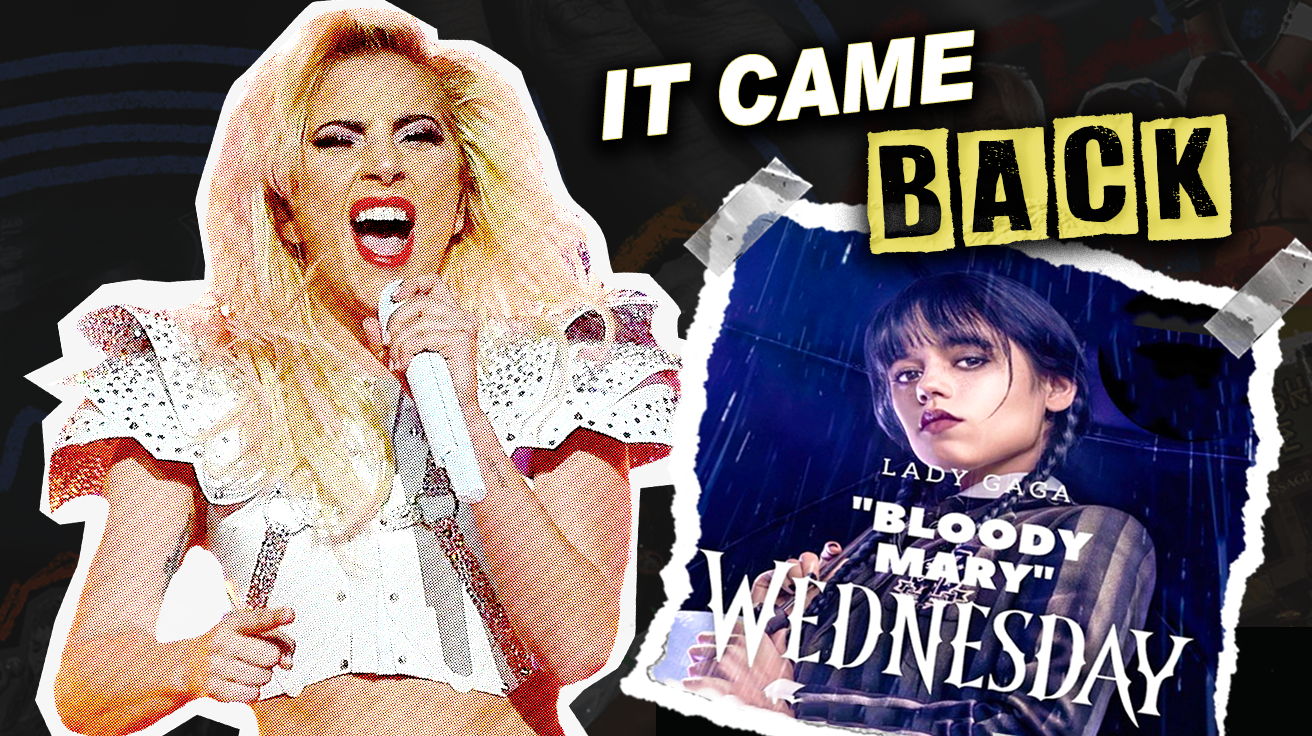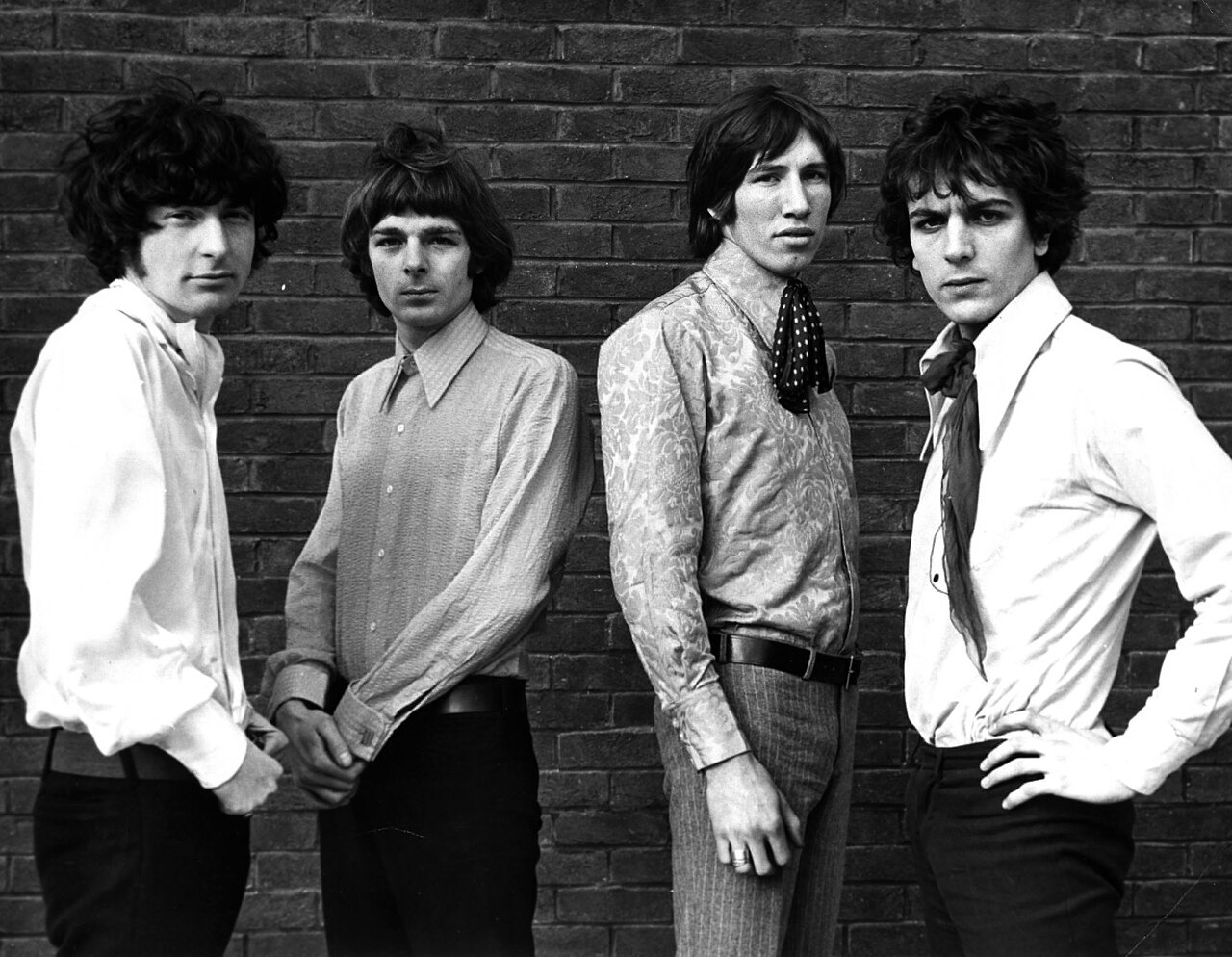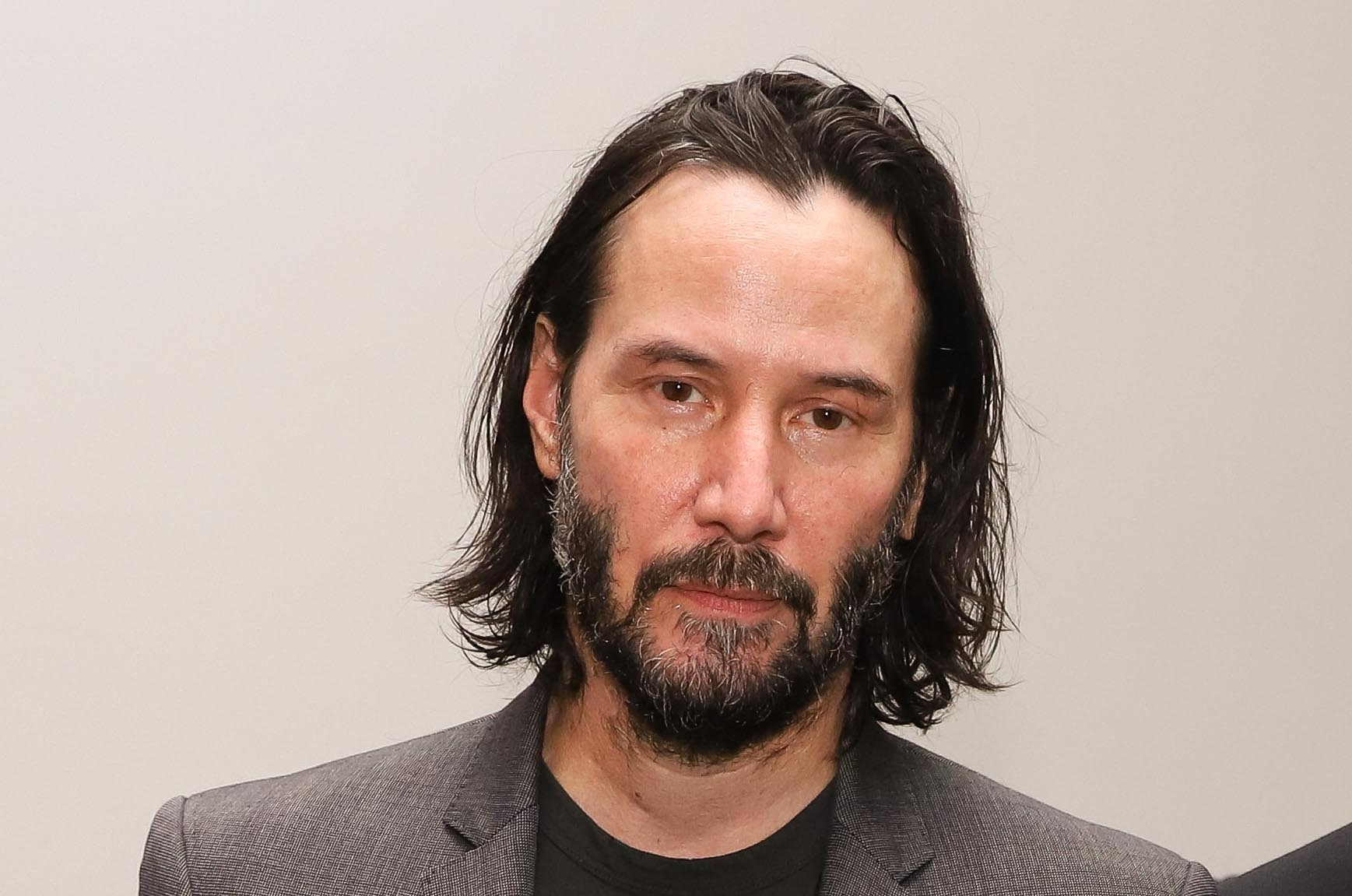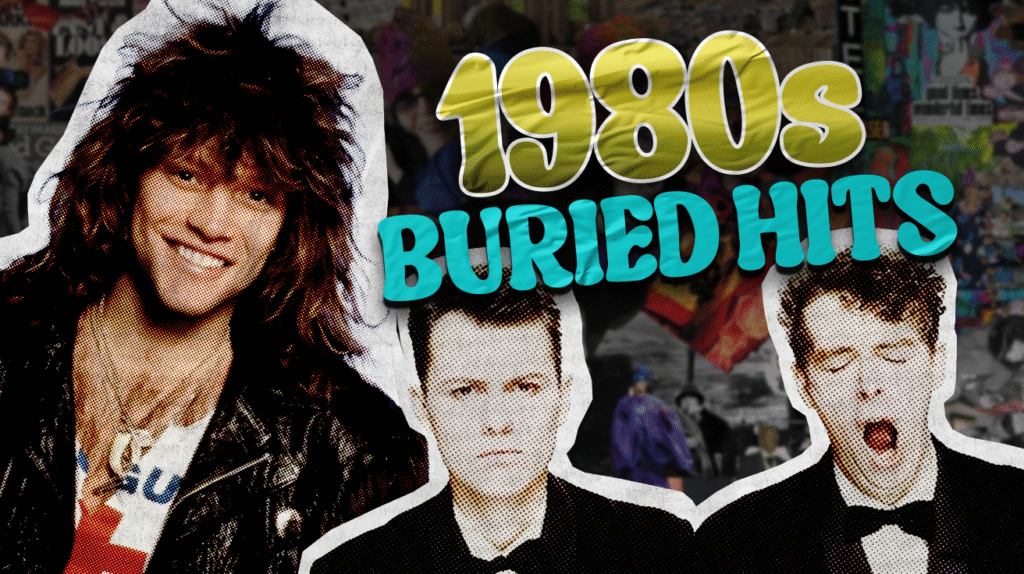
While everyone knows “Billie Jean” and “Like a Virgin,” streaming platforms report an increase in listeners discovering obscure 80s tracks since 2020. This surge proves what music insiders have always known: beneath the neon glow of Madonna and Michael Jackson hits lies a treasure trove of 80s gems that never got their spotlight moment. These overlooked tracks now fuel samples in today’s hits and inspire a new generation of artists embracing vintage synthesizers and drum machines.
24. Only Lonely – Bon Jovi

Unlike Bon Jovi’s later stadium anthems, “Only Lonely” reveals a more artistic side of the band. Taken from their second album, 7800° Fahrenheit, it features a synthesis-heavy production style that departs from their typical raw sound.
The song still delivers anthemic hooks, but their edges are softened by sleek keyboards and nuanced sonic touches. The Post Malone track “Take What You Want” echoes this exact approach, combining arena-worthy hooks with unexpectedly textured production.
23. Self Control – Laura Branigan
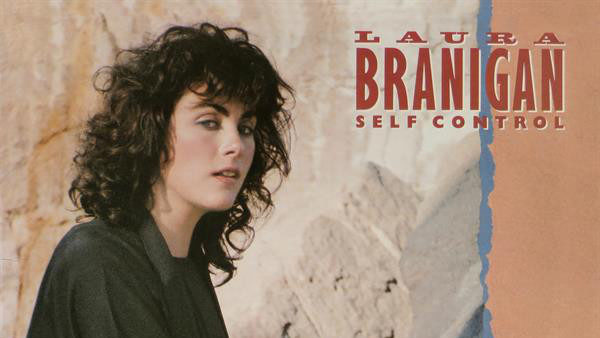
Step into a neon-lit club in 1984, where Laura Branigan’s “Self Control” pulses through the speakers. Although Raf originally released this as an Italo disco track that same year, Branigan’s cover arguably endures more strongly today.
The track is steeped in the era’s signature massive sound, with booming synths and screaming guitar licks complementing the danceable beat. The Weeknd’s “Blinding Lights” borrows heavily from this sonic palette, proving the enduring power of Branigan’s pioneering 80s dance-pop anthem.
22. Dead Man’s Party – Oingo Boingo

Danny Elfman is widely recognized for his iconic film scores today. Yet many listeners don’t know his early work with Oingo Boingo. “Dead Man’s Party” showcases the band’s unique style, quite unlike Elfman’s later orchestral compositions.
The song pulses with a throbbing bassline, cool lyrics, and Elfman’s soaring vocals. Featured on the Back to School soundtrack in 1986, it continues to resurface seasonally. Billie Eilish and Finneas frequently cite Elfman’s Oingo Boingo work as inspiration for their own genre-defying sound.
21. Message of Love – The Pretenders

Chrissie Hynde remains a frontperson whose coolness seems boundless. For listeners seeking music that blends retro charm with new wave innovation, “Message of Love” delivers perfectly.
Its sound is both classic and forward-thinking. The video features 50s throwback visuals, yet it was a new wave hit. Hynde’s vocals are intentionally minimalistic and disinterested, almost a precursor to 90s alternative. This approach directly influenced Courtney Barnett’s deadpan delivery and St. Vincent’s angular songwriting style.
20. Run With Us – Lisa Lougheed
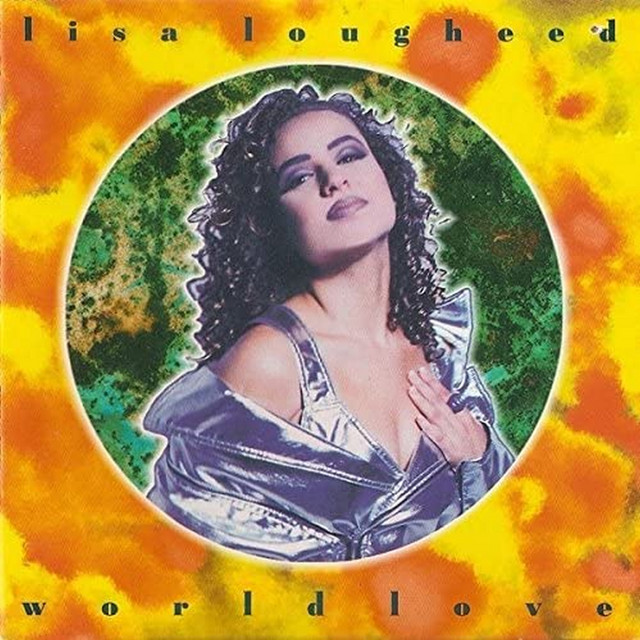
In 1980s Canada, “The Raccoons” TV show was a childhood staple. For many, the theme song “Run With Us” by Lisa Lougheed became synonymous with youthful innocence and nostalgia.
Lougheed’s vocals are both powerful and playful. The energetic chorus drives home the melody, supported by synths, guitar licks, and gothic backing atmosphere. The song recently found new fans when indie-pop duo Tegan and Sara covered it on their album of childhood inspirations, introducing it to a whole new generation.
19. A Mission in Life – Stan Ridgeway

Before his solo career, Stan Ridgway led Wall of Voodoo, known for their hit “Mexican Radio,” but his solo material reveals more depth and nuance.
“A Mission in Life” is more grounded than his earlier work, with evocative instrumentation and thick production that showcases Ridgway’s distinctive voice wonderfully. This narrative approach to songwriting influenced Nick Cave’s storytelling style, creating characters and scenes that feel like mini-films delivered through sound.
18. Wings of the Storm – Whitesnake

Whitesnake, known for softer ballads, delivers a sonic storm on this hidden gem. Tucked away at the end of the 1989 album Slip of the Tongue, “Wings of the Storm” marks their most aggressive track, leaving their bluesy roots behind.
The song bursts out with speed and features crazy guitar work with fire courtesy of guitar virtuoso Steve Vai. David Coverdale screams with passion, showcasing the band’s metallic might. This track proved their power metal capabilities and influenced modern hard rock acts like Alter Bridge, who’ve adopted this exact blend of technical prowess and raw vocal power.
17. “80s” – Killing Joke

Killing Joke has been cited as a major influence by countless alternative bands. Having a song called “80s” may seem lazy, but this English group was anything but complacent. Their forward-thinking approach influenced countless bands, including Nirvana.
Their song “Come As You Are” was even accused of stealing from “80s.” The guitar tones are killer, creating a distinctive sound that became a template for later alternative music. Foo Fighters and Tool have both covered Killing Joke tracks, with Dave Grohl frequently naming them as one of rock’s most underrated pioneers.
16. But Not Tonight – Depeche Mode

As electronic music evolves, exploring Depeche Mode remains essential. With a discography full of great tracks, 1986’s Black Celebration ranks among their best albums. “But Not Tonight” isn’t their most popular track, but it deserves special attention.
The song contrasts with the album’s darker tone. Instead of a slow, somber ballad, it’s high energy with Dave Gahan’s powerful vocals adding to the song’s electronic vitality. Chvrches and The 1975 have both acknowledged Depeche Mode’s influence on their synthpop revival sound, particularly this track’s perfect blend of electronics and emotion.
15. Don’t Pay the Ferryman – Chris de Burgh

This track blends art rock with polished production. Many know Chris de Burgh for “Lady in Red,” but “Don’t Pay the Ferryman” offers something completely different. Energetic and evocative, it’s written with electricity and details mythological origins.
The production is polished to a silvery sheen, though some dislike this glossy approach. The track remains a staple in rock playlists with its dramatic narrative structure. Florence + The Machine’s theatrical storytelling and mythological references draw clear inspiration from this dramatic 80s rock gem.
14. When I’m Gone – Albert Hammond
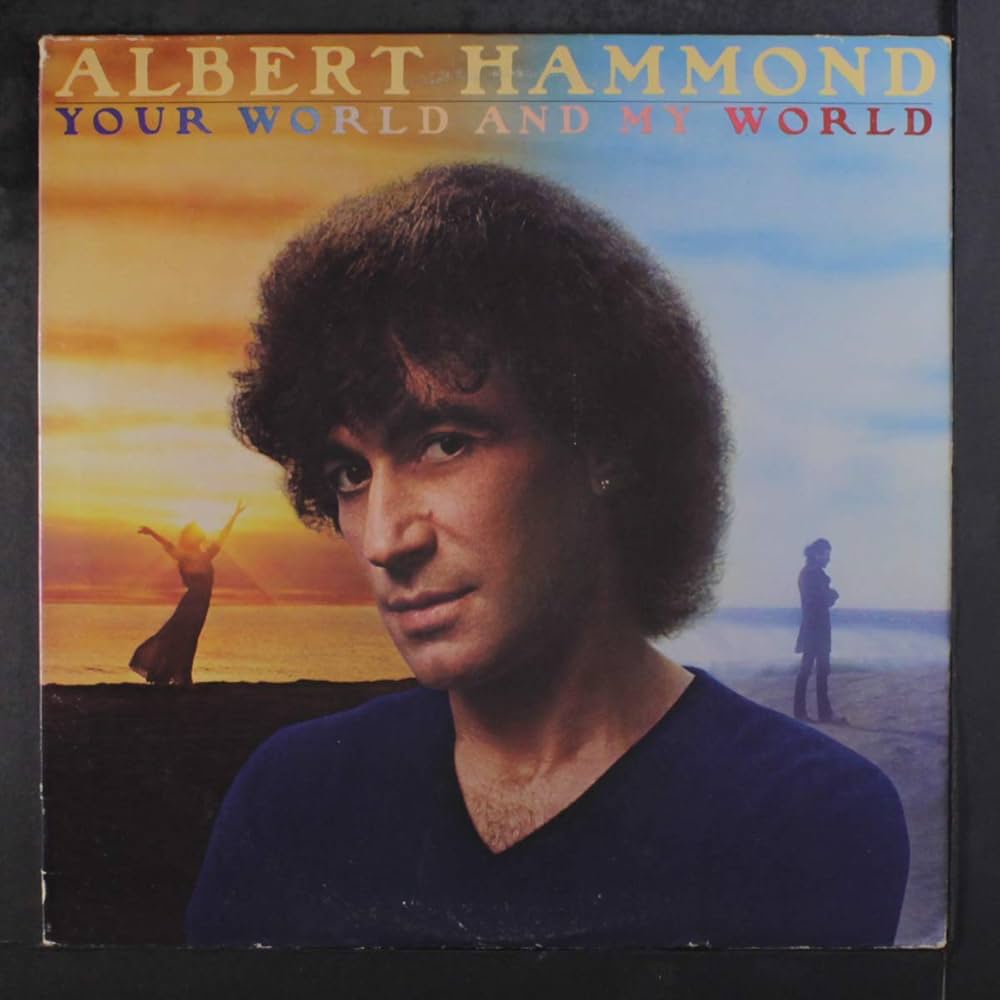
Songwriting is like crafting a ship in a bottle – few recognize the artisan behind the masterpiece. Albert Hammond wrote countless hits for other artists but rarely stepped into the spotlight himself.
“When I’m Gone” showcases Hammond’s own emotional vocal delivery and melancholy songcraft. The track has a haunting, bittersweet quality that connects with listeners on a deeply personal level. Father John Misty’s intimate ballads draw from this same well of vulnerable authenticity that Hammond pioneered decades earlier.
13. No Easy Way Out – Robert Tepper
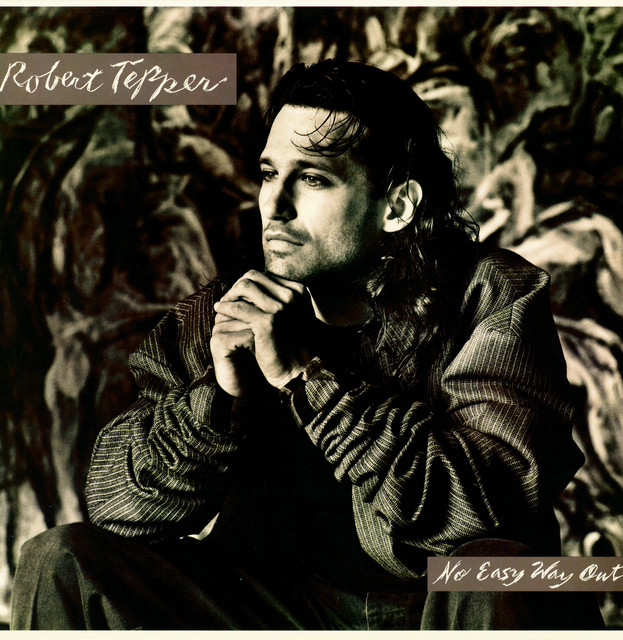
Some say music is just background noise, but the right song can transform an ordinary moment into something extraordinary. “No Easy Way Out” from the Rocky IV soundtrack perfectly exemplifies this power.
The track pulses with energetic, arena-filling synths and Tepper’s raw, sincere vocals. This motivational anthem continues to inspire workout playlists today. Imagine Dragons’ bombastic productions channel this same blend of electronics and rock that made Tepper’s track the perfect soundtrack for overcoming life’s obstacles.
12. Age of Consent – New Order

Imagine waking up to the sound of brightness after years of darkness. That’s the journey from Joy Division to New Order, and “Age of Consent” perfectly captures this musical transformation.
The opening track from 1983’s Power, Corruption & Lies features Peter Hook’s melodic bassline and Bernard Sumner’s plaintive vocals floating above sparkling synths. This template for merging post-punk with dance music directly influenced LCD Soundsystem’s entire discography, particularly their approach to bass-driven electronic rock.
11. Cambodia – Kim Wilde
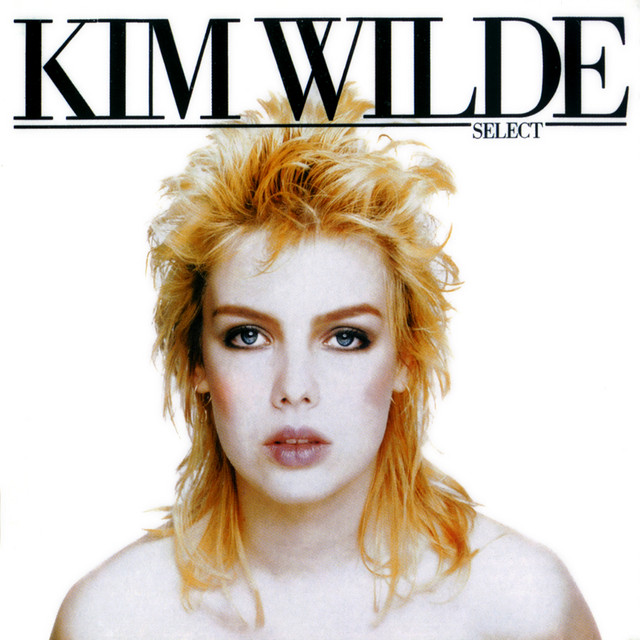
Experimentation fuels progress in music. If you know Kim Wilde only for “Kids in America,” dig deeper into her catalog to find this experimental gem from her 1981 album Select.
The track has a mysterious, almost menacing quality with otherworldly synthesizers and a narrative about a missing Vietnam War pilot. This dark synth-pop approach has been rediscovered by Chromatics and Electric Youth, who cite Wilde’s atmospheric electronic work as foundational to their retro-futuristic sound.
10. It’s a Sin – Pet Shop Boys

A keyboard pulses. The bass throbs. This dramatic 1987 hit from Pet Shop Boys tackles religious guilt with a sound that’s both confessional and dance-floor ready.
Neil Tennant’s autobiographical lyrics reflect on his Catholic school days, delivered over high-drama production that borders on orchestral. The track’s blend of personal storytelling and electronic grandeur inspired Years & Years’ Olly Alexander, who covered the song and has continued its legacy of LGBTQ+ representation in electronic pop.
9. Dancing With Tears in My Eyes – Ultravox

Ultravox specialized in romantic new wave with a European sophistication. This 1984 hit from their Lament album showcases their ability to blend emotional depth with commercial appeal.
The song combines Midge Ure’s soaring vocals with an urgent synth arrangement, creating tension that perfectly matches its apocalyptic storyline. This theatrical approach to electronic music has influenced M83’s Anthony Gonzalez, whose own dramatic synth landscapes echo Ultravox’s emotional electronic blueprints.
8. Wild Wild West – The Escape Club
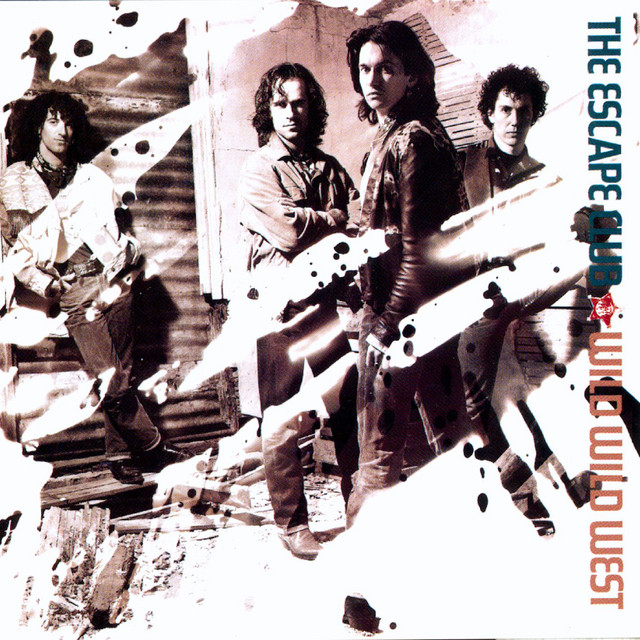
Success doesn’t always start at home. The Escape Club’s journey proves this point – this British band didn’t do great in Britain but found huge success in America.
“Wild Wild West” feels like a movie scene with its sugar-coated pop sound inspired by Duran Duran. However, the song is nearly undefinable – it’s weird, funky, rock-influenced, and catchy as all get out. Dua Lipa’s “Physical” channels this same genre-mashing approach, proving great pop music still draws inspiration from these 80s boundary-pushers.
Remember – while the decade gave us massive hits everyone knows, these hidden treasures offer an alternative soundtrack worth exploring. Each track provides a different window into the incredible creativity and diversity of 80s music beyond the obvious classics. With streaming now putting these gems just a click away, there’s never been a better time to discover what you’ve been missing.
7. Kayleigh – Marillion

Imagine progressive rock shaping pop culture. In the mid-80s, Marillion achieved this feat with “Kayleigh,” bringing complex musical ideas to mainstream radio.
The track features Steve Rothery’s emotive guitar work and Fish’s deeply personal lyrics about a failed relationship. This meeting of prog complexity and pop accessibility paved the way for bands like Porcupine Tree and Steven Wilson, who continue to navigate the space between technical musicianship and emotionally accessible songwriting.
6. The Sun Always Shines on TV – a-ha

Many know a-ha only for “Take On Me,” but this follow-up single showcases a darker, more musically sophisticated side of the Norwegian band.
The track builds from a gentle intro to a symphonic synth-pop explosion, with Morten Harket’s remarkable vocal range on full display. “The Sun Always Shines on TV brought even more fans in. Modern artists like Sigrid and Aurora have acknowledged their Norwegian predecessors’ influence, particularly this song’s masterful blend of melancholy and euphoria that defines much of today’s Scandinavian pop.
5. Vienna – Ultravox

Few songs capture a sense of place as effectively as Ultravox’s “Vienna.” This 1980 masterpiece from the album of the same name evokes the faded grandeur of the Austrian capital with cinematic precision.
The track’s dramatic piano interludes and Midge Ure’s emotional delivery create an atmospheric mini-movie in just over four minutes. Today’s artists like London Grammar draw from this track’s architectural approach to song structure and its perfect blend of classical elements with electronic instrumentation.
4. Don’t Dream It’s Over – Crowded House
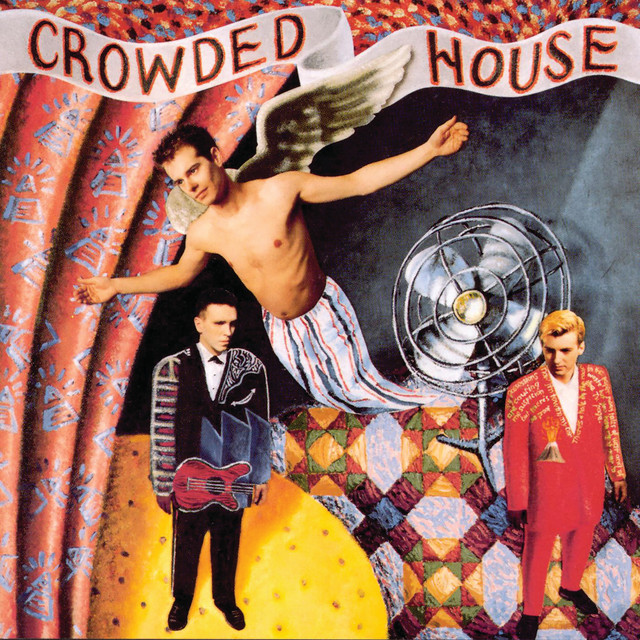
Unlike other pop hits, this 1986 track from New Zealand’s Crowded House had remarkable depth and staying power. Written by Neil Finn, it almost topped the Billboard charts, peaking at #2.
The song’s inventive lyrics and universal message of resilience continue to resonate decades later. Miley Cyrus and Ariana Grande’s viral cover introduced this song to younger listeners, while Tame Impala’s Kevin Parker cites Finn’s songwriting as influential on his own approach to crafting melodic psychedelic pop.
3. Send Me an Angel – Real Life

This is pure New Wave energy from Australian band Real Life. Released in 1983 from their album Heartland, the track epitomizes the era’s distinctive synth-driven sound.
The song is defined by its instantly recognizable synth riff and Peter Beckett’s yearning vocals. Its influence can be heard in The Killers’ Brandon Flowers’ work, particularly his solo material that draws heavily from these exact 80s synth templates that balanced melancholy with danceability.
2. Voices Carry – ‘Til Tuesday
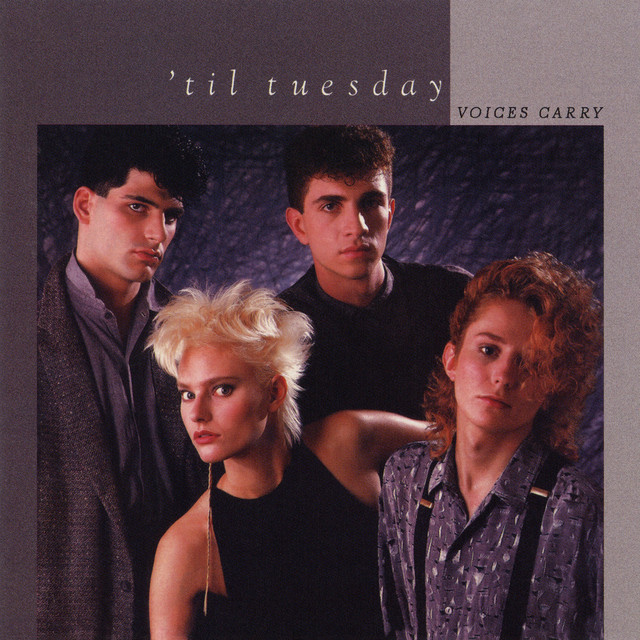
Aimee Mann is a singular talent whose early work with ‘Til Tuesday deserves wider recognition. This 1985 hit tells a powerful story of emotional suppression in a relationship.
The track features angular bass work and Mann’s distinctive vocal style delivering lyrics of remarkable depth. The iconic music video boosted the song’s popularity on MTV and helped establish Mann as a serious songwriter. Taylor Swift has cited this song’s narrative approach to relationship dynamics as influential on her own storytelling technique.
1. The Killing Moon – Echo and the Bunnymen

This song perfectly blends new wave and gothic rock. The intersection creates the perfect bridge between different elements from each music area, making it a masterclass in genre-blending.
The single has an undeniably spooky yet romantic quality. It pulls listeners in with its mysterious atmosphere. Singer Ian McCulloch delivers great vocals over haunting instrumentation. Arctic Monkeys and Interpol have both acknowledged this track’s influence on their own moody rock sound, with its perfect balance of darkness and melodic accessibility.




